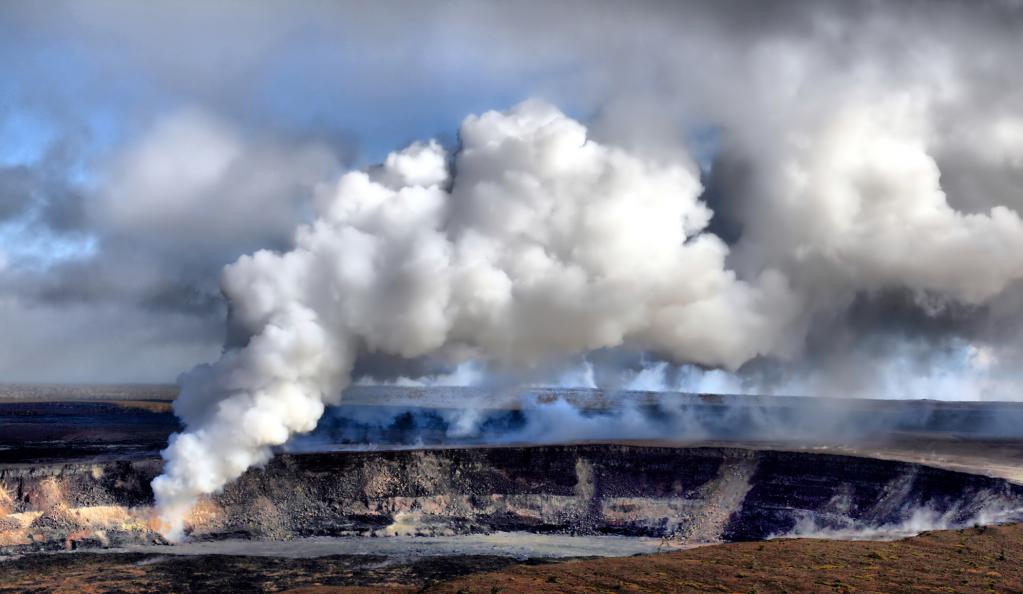Binary oxygen compounds with non-metallic elements are a large group of substances that are included in the class of oxides. Many non-metal oxides are well known to everyone. This, for example, carbon dioxide, water, nitrogen dioxide. In our article we will consider their properties, find out the scope of binary compounds and their impact on the environment.
general characteristics
Almost all non-metallic elements, with the exception of fluorine, argon, neon, and helium, can form oxides. Most elements have several oxides. For example, sulfur forms two compounds: sulfur dioxide and sulfuric anhydride. These are substances in which the valence of sulfur is equal to four and six, respectively. Hydrogen and boron have only one oxide each, and the largest amount of binary substances with oxygen is characteristic of nitrogen. Higher oxides are those in which the oxidation state of a non-metal atom is equal to the number of the group where the element is in the periodic system. So, CO 2 and SO 3 are higher oxides of carbon and sulfur. Some compounds may undergo further oxidation. For example, carbon monoxide is then converted to carbon dioxide.
Structure and physical properties
Almost all known non-metal oxides are composed of molecules between the atoms of which covalent bonds are formed. Particles of matter themselves can be either polar (for example, in sulfur dioxide), or non-polar (carbon dioxide molecules). Silicon dioxide, which is a natural form of sand, has an atomic structure. The aggregate state of a number of acid oxides may be different. So, carbon oxides, such as carbon monoxide and carbon dioxide, are gaseous, and binary oxygen compounds of hydrogen (H 2 O) or highly oxidized sulfur (SO 3 ) are liquids. A feature of water is that the oxide is non-salt forming. They are also called indifferent.

Sulfur trioxide or sulfuric anhydride is a crystalline white substance. It quickly absorbs moisture from the air, so sulfur dioxide is stored in sealed glass flasks. The substance is used as an air dryer and in the production of sulfate acid. Oxides of phosphorus or silicon are solid crystalline substances. The mutual transformation of the state of aggregation is characteristic of nitrogen oxides. So, the NO 2 compound is a brown gas, and the compound with the formula N 2 O 4 has the form of a colorless liquid or white solid. When heated, the liquid turns into gas, and its cooling leads to the formation of a liquid phase.
Water interaction
Known reactions of acid oxides with water. The reaction products are the corresponding acids:
SO 3 + H 2 O = H 2 SO 4 - sulfate acid
These include the interaction of phosphorus pentoxide, as well as sulfur dioxide, nitrogen, carbon dioxide with H 2 O molecules. However, silicon oxide does not directly react with water. To obtain silicate acid, an indirect method is used. First, SiO 2 is fused with alkali, for example, with sodium hydroxide. The resulting middle salt - sodium silicate, is affected by a strong acid, such as chloride.

The result is a white gelatinous precipitate of silicic acid. Silicon dioxide can react with salts when heated, and volatile acid oxides are formed. Acid oxides include several compounds of nitrogen, sulfur and phosphorus, which occupy a leading place in air pollution. They interact with atmospheric moisture, which leads to the formation of sulfuric, nitrate and nitrous acids. Their molecules, along with rain or snow, fall on plants and soil. Acid sediments not only harm crops, reducing their productivity, but also negatively affect people's health. They destroy buildings made of limestone or marble, cause corrosion of metal structures.
Indifferent oxides
Acid oxides include a group of compounds which cannot react with either acids or alkalis and do not form salts. Neither acid nor base correspond to all of the above compounds, that is, they are non-salt forming. There are few such compounds. For example, they include carbon monoxide, nitrous oxide and its monoxide - NO. He, along with nitrogen dioxide and sulfur dioxide, is involved in the formation of smog over large industrial enterprises and cities. The formation of toxic oxides can be prevented by lowering the combustion temperature of the fuel.
Alkali interaction
The ability to react with alkalis is an important feature of acid oxides. For example, the interaction of sodium hydroxide and sulfur trioxide produces salt (sodium sulfate) and water:
SO 3 + 2NaOH → Na 2 SO 4 + H 2 O
Acid oxides include nitrogen dioxide. Its interesting feature is the reaction with alkali; two types of salts are found in the products: nitrates and nitrites. This is explained by the ability of nitric oxide (IV) to form two acids, nitric and nitrous, when interacting with water. Sulfur dioxide also interacts with alkalis, with the formation of medium salts - sulfites, as well as water. The compound, getting into the air, strongly pollutes it, therefore, at enterprises using fuel with an admixture of SO 2 , the exhaust industrial gases are purified by spraying quicklime or chalk into them. You can also pass sulfur dioxide through lime water or sodium sulfite solution.
The role of binary oxygen compounds of non-metallic elements
Many acid oxides are of great practical importance. For example, carbon dioxide is used in fire extinguishers, as it does not support combustion. Silicon oxide - sand, is widely used in the construction industry. Carbon monoxide is the feedstock for methyl alcohol. Acid oxides include phosphorus pentoxide. This substance is used in the production of phosphoric acid.
Non-metal binary oxygen compounds affect the human body. Most of them are toxic. We talked about the harmful effects of carbon monoxide earlier. The negative effects of nitrogen oxides, especially nitrogen dioxide, on the respiratory and cardiovascular systems have also been proven. Acid oxides include carbon dioxide, which is not considered a toxic substance. But if its volume fraction in the air exceeds 0.25%, a person has symptoms of suffocation, which can be fatal due to respiratory arrest.
In our article, we studied the properties of acid oxides and gave examples of their practical significance in human life.